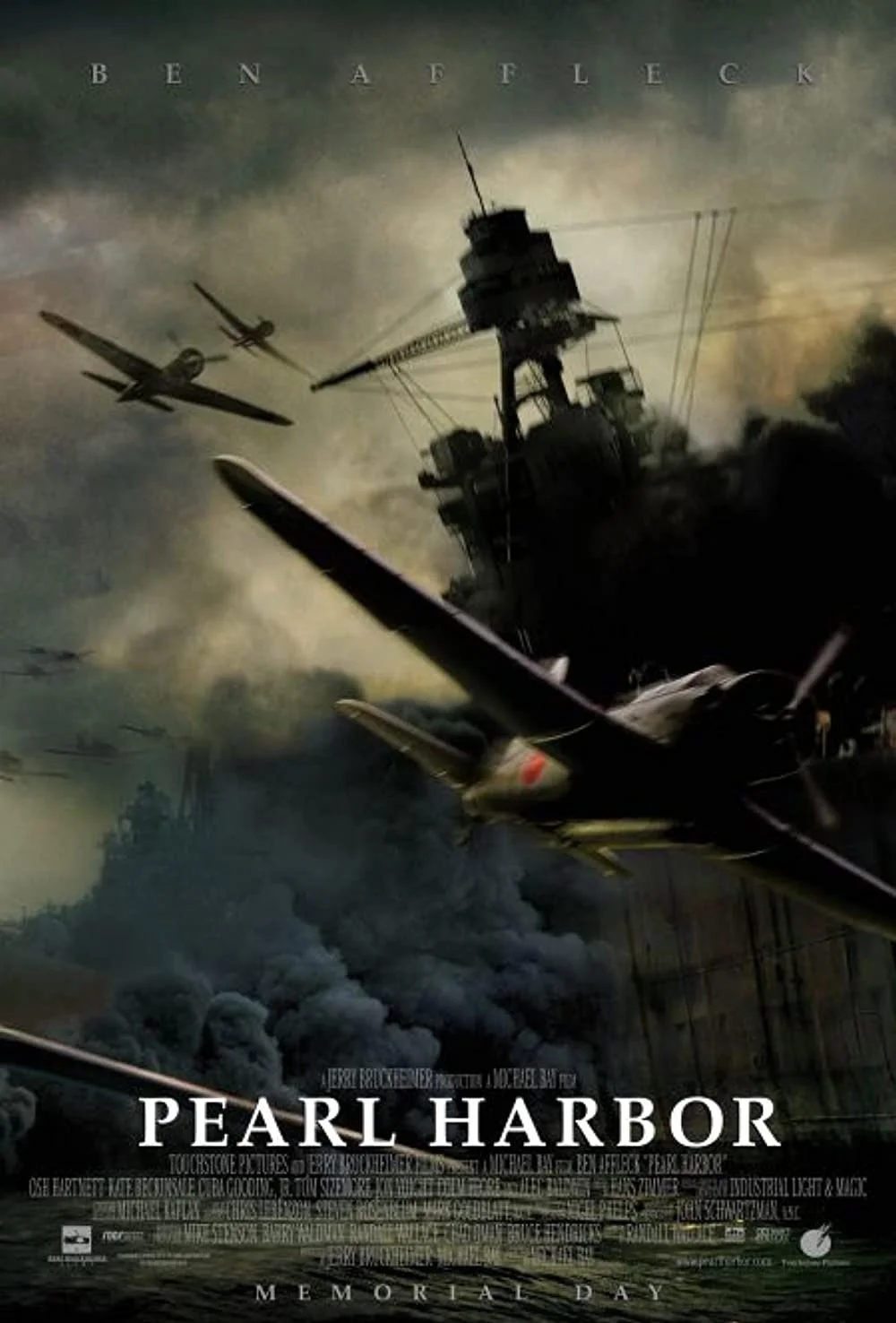Thirty Seconds over Hollywood
The Doolittle Tokyo Raid and the Movies
Bill Einreinhofer is Chair Emeritus of the Broadcast Journalism department at the New York Film Academy. An Emmy-Award winning documentary filmmaker, he grew up regularly watching “Thirty Seconds Over Tokyo,” “The Purple Heart” and other Saturday afternoon “war movies“ on what was then WNEW-TV (Channel 5) in New York City.
Long before the invention of “reality” television, or television itself for that matter, Hollywood film producers learned that movie audiences loved stories based on the lives of real people and actual events. It was no surprise then that the story of the Doolittle Raiders -- or more specifically the Raiders, their commander, their families, and events that would forever change their both their lives and the world – has been repeatedly portrayed in American feature films.
The first portrayal, and arguably the best, is the 1944 Metro-Goldwyn-Mayer film Thirty Seconds Over Tokyo. Based on a book written by Ted Lawson, the pilot of a plane christened the Ruptured Duck, it went on to win an Academy Award for its special effects. There is no actual footage of the Doolittle Raid, seeing as 15 aircraft were lost, and the 16th disappeared after it landed in the Soviet Union. Matte shots and miniatures abound. But what really touched audiences was the humanity of the characters portrayed. The courage, decency, fallibility, and faith of men who embarked on what looked to all concerned to be a suicide mission.
But Thirty Seconds wasn’t the only 1944 film to chronicle the Doolittle Raid. 20th Century Fox released The Purple Heart, a fictionalized account of the fate of eight Raiders captured by the Imperial Japanese Army. While there is no shortage of heroics or patriotism, seen from a contemporary vantage point it no longer emotionally resonates with viewers. Put simply, it has the feel of propaganda. That may be acceptable at a time when the nation was at war, but a liability when viewed against the low-key steadfastness of the characters in Thirty Seconds.
In a new century, Hollywood would again tackle the story of the Doolittle Raiders. But in this telling of the story, they are incidental characters in Touchstone Pictures 2001 big budget epic Pearl Harbor and Lionsgate Films 2019 film Midway. Both made ample use of computer-generated imagery to visualize key events. The problem is, for the sake of drama, the films pretty much ignored reality. Pearl Harbor has an entire squadron dropping bombs on the heart of industrial Japan, while in Midway Emperor Hirohito looks out the window to see four American bombers flying in formation.
For a variety of reasons, including the fact some of the crews got lost, the Doolittle Raiders arrived individually over their assigned targets. They appeared from literally every direction, helping to frustrate Japanese attempts to shoot them down. But these are the kind of discussions that engage film aficionados and amateur historians. Audiences in general are more concerned with the characters than the pyrotechnics. And it is here that Thirty Seconds Over Tokyo truly shines. It is about real people, even if those people are portrayed by Hollywood actors.
Casting Hollywood star Van Johnson was a stroke of brilliance. Johnson initially made his name as a “song and dance man” in plush musicals. In Thirty Seconds he plays Ted Lawson, a pilot who was so seriously injured in a crash-landing that his left leg had to be amputated. The “song and dance man” would never dance again. A fiction that mirrored the reality hundreds of thousands American families would face as husbands, brothers, cousins, sons, and friends returned from war forever changed.
Thirty Seconds Over Tokyo is available on a number of Video On-Demand (VOD) platforms, including Amazon Prime, Apple TV, Google Play Movies and YouTube. It’s probably as close to the actual story of the Doolittle Raiders as we will ever see.



